Puto de Oas (Putong Bugas): Uncover a Distinctive Rice Delicacy from Albay
Lately, we had the chance to go to the charming city of Oas in Albay, the place we indulged in certainly one of their distinctive native delicacies: Puto de Oas. This pleasant deal with is sort of completely different from the fluffy Puto or the powdery Puto Seco that many people are accustomed to. Whereas it’s also comprised of rice, its texture and preparation set it aside.
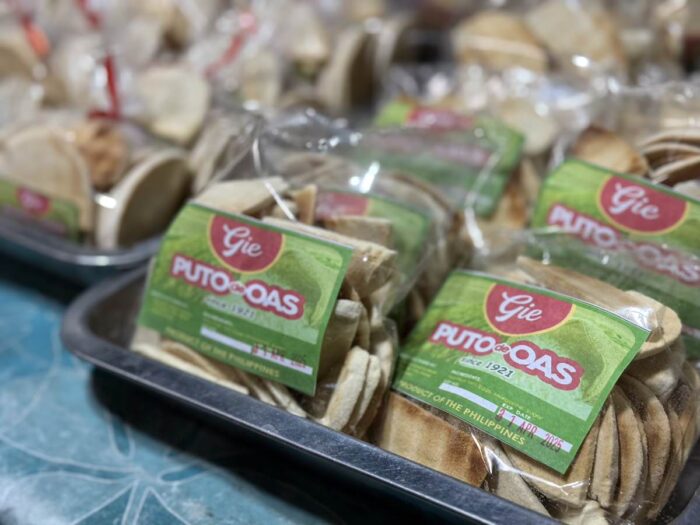
Puto de Oas
Puto de Oas resembles the Puto Seco present in Southern Tagalog, however with a twist—fairly than being baked, it’s steamed to protect its moistness after which grilled to attain a pleasant aroma and a satisfying crispiness on the surface. Every chunk gives an exquisite steadiness of softness and a barely smoky taste, making it a must-try for anybody visiting the area.— in Oas.
Within the quaint city of Oas, Albay, Puto de Oas or Putong Bugas stands out as a singular rice delicacy that embodies the wealthy culinary custom of the city. This conventional deal with is a dry, half-circle formed rice cake, charcoal toasted to convey out its distinct sweetness, texture and taste. The key to Puto de Oas lies in its easy elements: rice flour mixed with particular flavors like milk and vanilla, making a burst of style and texture.
This model of puto holds not solely a particular spot within the native ark of style but additionally a major place within the financial system of Oas. Households on this city have been making this delicacy for generations, turning a humble rice product right into a beloved snack. It’s well-liked not only for its style but additionally for its function in bringing livelihood to the neighborhood.
Guests and locals alike discover pleasure in indulging in Puto de Oas, which has change into a sought-after pasalubong or present. Its enduring repute as the most effective treats in Albay makes it a must-try for anybody exploring the culinary panorama of the Bicol area. To actually recognize the cultural richness of Albay, tasting the puto of Oas is important.
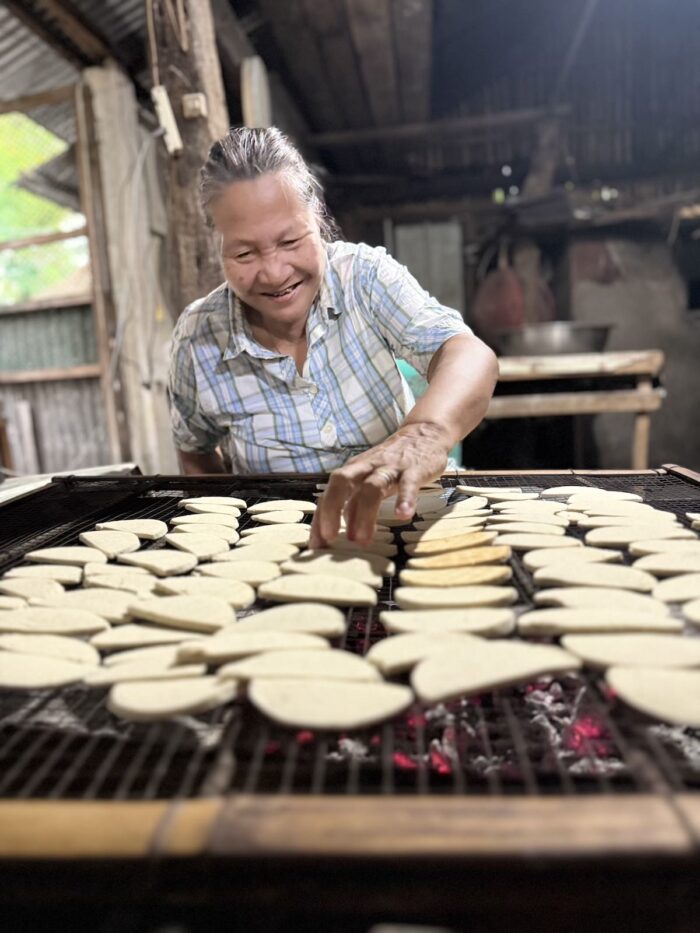
Puto de Oas (Putong Bugas): An Overview
Puto de Oas, a pleasant specialty hailing from Oas, Albay, stands out among the many myriad sorts of puto (rice desserts) because of its distinctive preparation and distinctive mix of elements. This conventional delicacy is crafted from rigorously chosen rice and infused with simply the correct quantity of sugar, leading to a fantastically candy taste that tempts the style buds.
Not like the everyday tender and fluffy texture related to most puto, Puto de Oas boasts a drier consistency and is elegantly formed right into a half-circle. Its toasted exterior not solely enhances its visible enchantment but additionally imparts a pleasant crunch, creating a captivating distinction to the cake’s inside. Every chunk reveals a wealthy tapestry of flavors and textures, making Puto de Oas a very one-of-a-kind deal with.
Historical past of Puto de Oas
The historical past of Puto de Oas is intricately woven into the wealthy tapestry of native traditions in Oas, Albay. This beloved delicacy has been a staple of the neighborhood’s culinary heritage for numerous years, typically making an look throughout vibrant native celebrations and joyous festivities. Puto de Oas embodies the essence of simplicity, with its humble elements coming collectively to create a pleasant deal with. Its distinctive preparation technique highlights the resourcefulness and ingenuity of the native. individuals, showcasing their culinary creativity and deep connectional roots. The making of Puto de Oas is not only about meals; it’s a celebration of neighborhood, custom, and the flavors that outline the spirit of Oas.
Cultural Significance in Oas, Albay
Puto de Oas is far more than only a rice cake. It holds a particular place within the hearts of individuals in Oas, Albay. The delicacy is well known in native festivals, such because the Puto Competition in Oas. The pageant showcases the distinctive model of this rice cake, which is steamed in coconut shells.
The recipe and technique of preparation are sometimes handed down by generations. This apply helps protect cultural heritage. The dish itself represents a mix of custom and innovation, exhibiting how a easy rice product can impression the neighborhood’s identification.
Dietary Profile
Puto de Oas, a toasted rice product, has its personal dietary qualities. It primarily consists of rice, sugar, and typically milk, which give carbohydrates, sweetness, and a creamy texture. Its preparation entails minimal moisture, attaining a dry and agency texture.
The inclusion of elements resembling milk introduces fats, protein, and important minerals like calcium to the dish. The sugar content material contributes to power, whereas the method of toasting impacts the quantity of ash retained. This cautious steadiness makes Putong Bugas not solely a pleasant deal with however one which sustains as part of the native eating regimen.
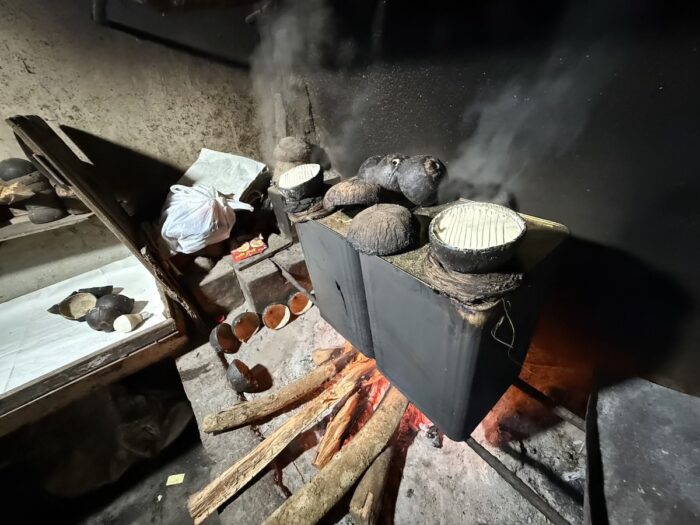
The Making of Puto de Oas
Key Components
The primary ingredient in Puto de Oas is rice. Locals typically use a particular selection to attain the best texture. Rice flour is usually milled from this rice to maintain the genuine style.
Sugar is added to sweeten the combination, giving the rice desserts their signature style. Coconut milk or recent milk is one other vital ingredient. It enriches the flavour and gives a creamy undertone. By combining these parts, the bottom for Putong Bugas is shaped, leading to a pleasant and barely sweetened snack.
Conventional Preparation Course of
The preparation of Puto de Oas is an in depth process. First, rice is soaked to melt it earlier than grinding right into a superb flour. This flour varieties the bottom of the cake batter.
As soon as blended with sugar and milk, the batter is poured into molds. These molds typically use coconut shells, including a definite form. Conventional steaming in bamboo containers offers the desserts a agency texture and even cooking.
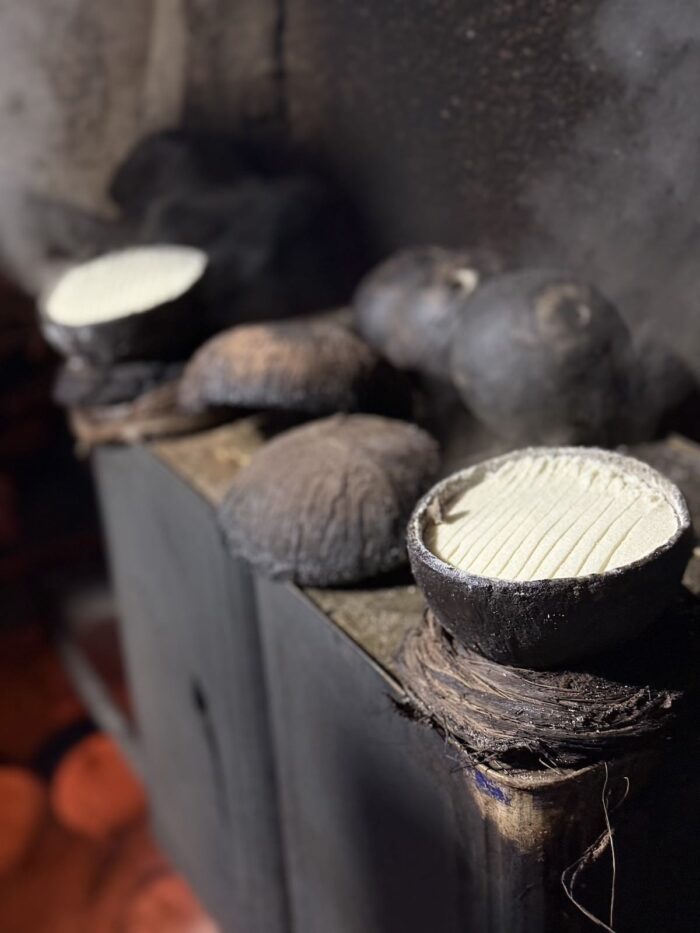
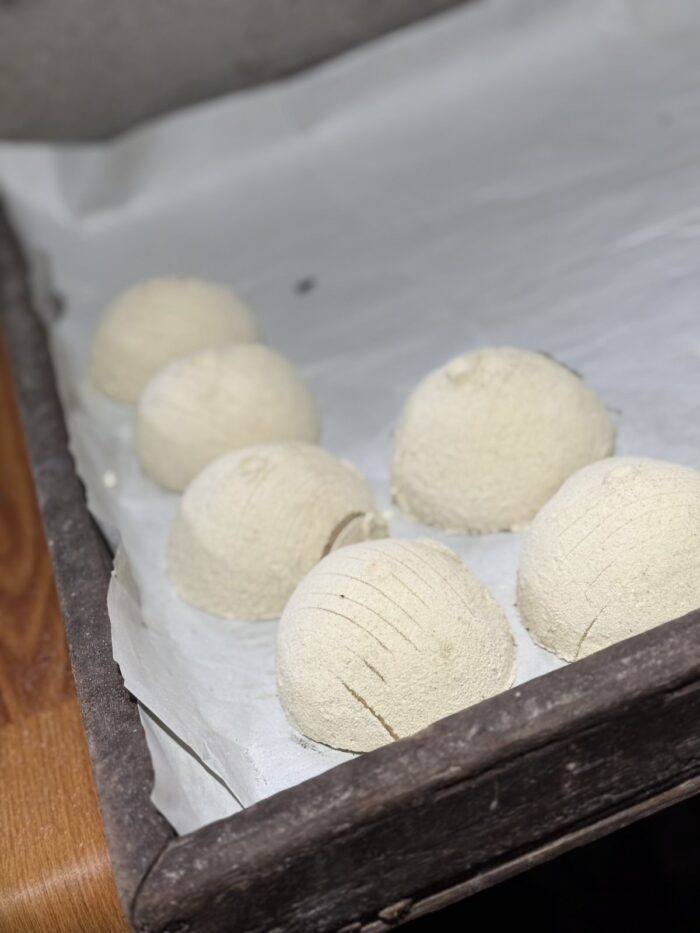
The distinctive step that units Puto de Oas aside is the toasting course of. After steaming, the rice desserts are flippantly toasted, making a crisp outer layer with out dropping their tender inside.
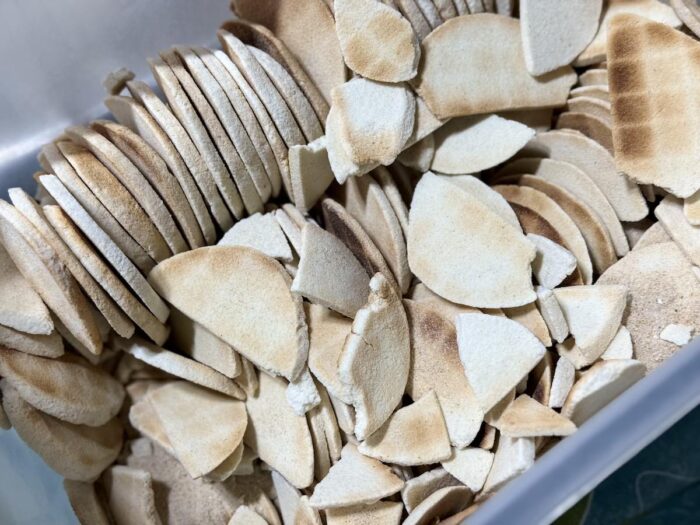
Variations and Improvements
Fashionable twists have emerged within the creation of Puto de Oas. Some variations incorporate colourful toppings or fillings like ube (purple yam) or cheese.
These improvements add contrasting flavors and visible enchantment. Course of enhancements additionally embody utilizing electrical steamers for extra environment friendly cooking.
Even with these adjustments, conventional strategies proceed to carry worth. The genuine recipe, with its easy ingredient listing and cautious preparation, stays a beloved a part of Filipino culinary heritage. The toasted rice product’s enduring recognition is a testomony to its timeless enchantment.
Puto de Oas within the Culinary World
Pairings and Serving Solutions
Puto de Oas gives a pleasant expertise when paired with completely different dishes. Historically, it may be served as a aspect dish with savory meals like fried hen or pork adobo. Its candy taste enhances the savory notes, making a balanced meal.
For a extra indulgent deal with, pair these rice desserts with sizzling chocolate or espresso. The distinction in taste and temperature enhances each the drink and puto, offering a satisfying snack or breakfast. For added decadence, it will also be topped with grated cheese or butter.
Inclusion in Festivals and Occasions
In Oas, Albay, Puto de Oas performs a major function in festivals and occasions. It’s typically featured prominently in the course of the Puto Competition, the place locals and guests alike rejoice its significance of their culinary heritage. These celebrations showcase other ways to take pleasure in this rice delicacy, typically accompanied by cultural performances and neighborhood gatherings.
Moreover, it’s a staple throughout Christmas and New Yr celebrations within the Bicol area. Households embody it of their vacation feasts, emphasizing the cultural worth of this conventional meals. By these occasions, Putong Bugas continues to be a logo of native identification and custom, cherished by many.
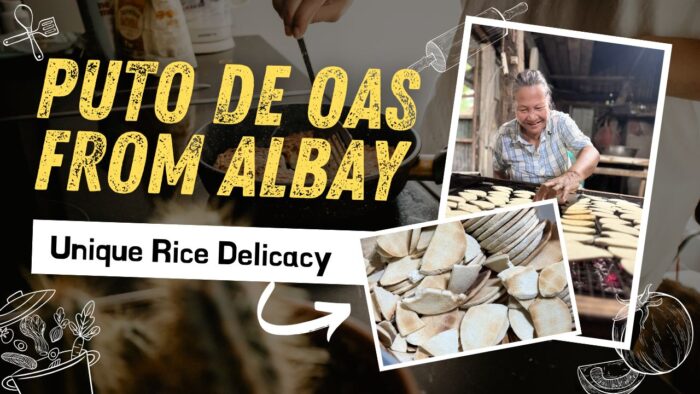
Regularly Requested Questions
What are the principle elements utilized in making Puto de Oas?
The primary elements utilized in making Putong Bugas embody glutinous rice, coconut milk, sugar, and a pinch of salt. Some variations can also incorporate further elements resembling eggs for richness and taste. The glutinous rice is usually soaked, floor right into a paste, after which blended with the opposite elements to create the batter earlier than steaming and toasting.
What distinguishes Puto de Oas from different puto varieties within the Philippines?
Puto de Oas is distinguished from different puto varieties within the Philippines primarily by its distinctive elements and preparation technique. Not like many conventional puto, which are sometimes comprised of rice flour or all-purpose flour, Putong Bugas is comprised of glutinous rice that’s soaked, floor, and blended with coconut milk, giving it a distinctively wealthy and barely candy taste. Moreover, it’s characterised by its toasty exterior, achieved by toasting the steamed desserts, which provides a depth of taste not generally present in different puto varieties. The feel can be distinctive—tender and chewy, with a moist inside, setting it other than the lighter, airier textures of different steamed rice desserts.
How has the recipe of Puto de Oas developed over time or been tailored in fashionable delicacies?
Over time, Putong Bugas has seen diversifications resembling incorporating completely different flavors or including toppings. Fashionable variations may embody the usage of further elements like cheese or fashionable sweeteners, broadening its enchantment.
Comply with and Subscribe to OutofTownBlog.com on Fb, Twitter, Instagram, Pinterest, and YouTube for extra Journey associated updates.
Learn:












